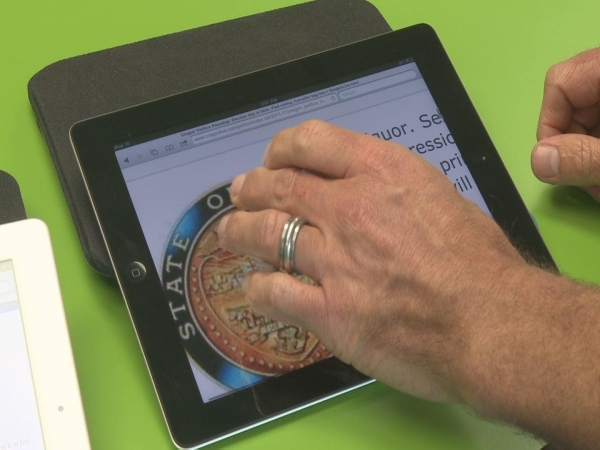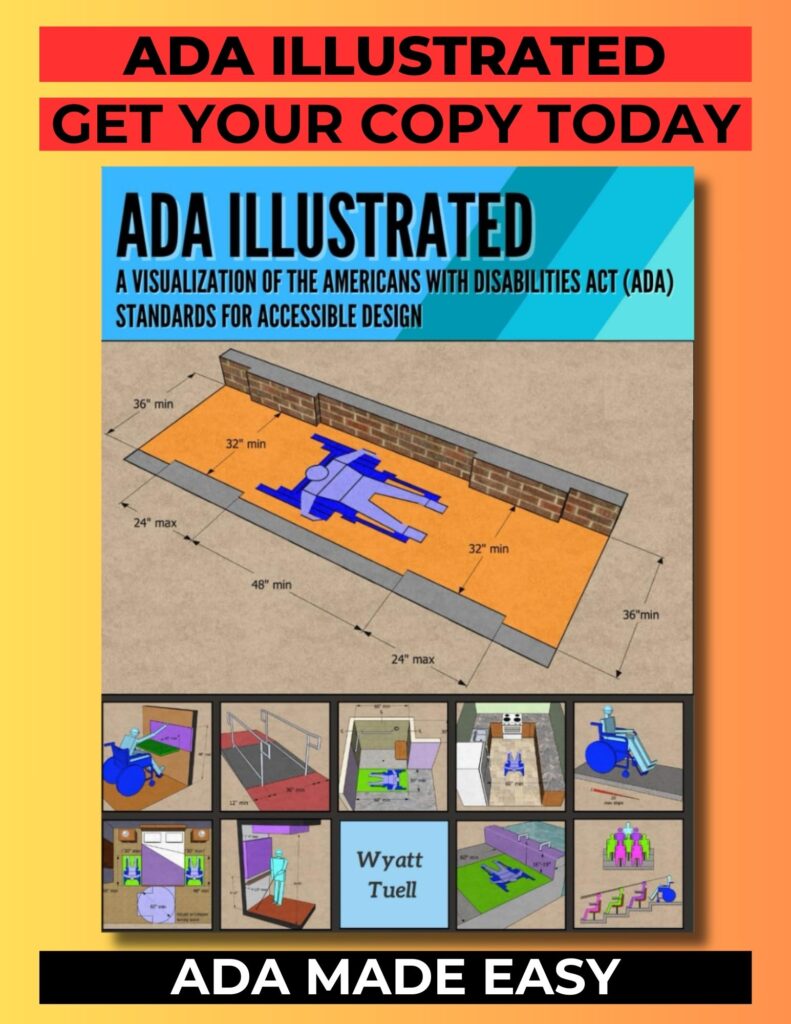iPad Voting for People with Disabilities

As you know this is an election year (in the US) and everyone who can vote should. Under ADA law, people with disabilities have the right to vote and be given an accessible means to vote. However this is not always the case whether it be an inaccessible building or voting ballots that are difficult to read for people with vision impairments. Recently the state of Oregon began using iPads in special elections to make voting more accessible for people with visual impairments or limited use of their hands.
The state of Oregon teamed up with election software developer Everyone Counts to develop the iPad voting software program. Apple also donated iPads for the recent special elections this past November and January. The program works by allowing the voter to adjust the text size and color to a point that is readable for them. Text to speech is also an option which is great for people that are completely blind. I assume this is done with headphones for privacy purposes. Another great feature of the program is it’s compatibility with Bluetooth Sip and Puff technology. Allowing people with limited or no use of their hands to control actions on the iPad. Everyone Counts is also making the software technology available on other platforms such as PCs and Androids.
Electronic voting in general is controversial because of concerns of possible voter fraud hacking and a lack of a paper trail. The program in Oregon tried to alleviate these concerns by allowing the iPads to print the ballots onsite. The iPad voting technology is being looked at and used by other states like Florida. Which is a state with a high elderly population and could benefit from this technology. Overall this is great for people who might not have been able to vote before or maybe thought they couldn’t. Again, US citizens have the right to vote and should be given the means to do so.
I should also note that OpenIDEO, a socially conscious think tank, has a recently proposed a challenge to innovators to develop accessible ways for people with disabilities to vote. For more info on this challenge visit this website How might we design an accessible election experience for everyone?
